JCHSERT Hazmat Tech 2024
1/75
There's no tags or description
Looks like no tags are added yet.
Name | Mastery | Learn | Test | Matching | Spaced |
|---|
No study sessions yet.
76 Terms
Hazard Class 1
Explosives
Hazard class 2
Gases
Hazard Class 3
Flammable and combustible liquids
Hazard Class 4
Flammable solids; Substances liable to spontaneous combustion; Substances which, on contact with water, emit flammable gases
Hazard Class 5
Oxidizing substances and Organic peroxides
Hazard Class 6
Toxic/poisonous substances and Infectious substances
Hazard Class 7
Radioactive materials
Hazard Class 8
Corrosive substances
Hazard Class 9
Miscellaneous hazardous materials/dangerous goods and articles
Protection from radiation
Time, distance, shielding
IDLH
Immediately Dangerous to Life or Health
LOC
Levels of Concern, 10% of the IDLH
PEL
Permissible Exposure Limit, is the maximum concentration to which the majority of healthy adults can be exposed over a 40-hour work week without suffering adverse effects.
PEL (C)
PEL(Permissible Exposure Limit) Ceiling Limit, The maximum concentration to which an employee may be exposed at any time, even instantaneously.
STEL
Short-Term Exposure Limit, The maximum concentration allowed for a 15-minute exposure period.
TLV
Threshold Limit Value, nearly all workers can be exposed day after day for a working lifetime without ill effect.
TLV-TWA
Threshold Limit Value-Time-Weighted Average, The allowable time-weighted average concentration, 8-hour day or 40-hour work week
TLV-STEL
Threshold Limit Value-Short-Term Exposure Limit, The maximum concentration for a continuous 15-minute exposure period
TLV-C
Threshold Limit Value-Ceiling, The concentration that should not be exceeded even instantaneously.
BEIs
Biological Exposure Indices, A guidance value recommended for assessing biological monitoring results.
REL
Recommended Exposure Limit by NIOSH
AEGL-1
Acute Exposure Guideline Level-1, individuals, could experience notable discomfort
AEGL-2
Acute Exposure Guideline Level-2, individuals, could experience irreversible or other serious, long-lasting effects or impaired ability to escape.
AEGL-3
Acute Exposure Guideline Level-3, individuals, could experience life-threatening effects or death.
ERPG-1
Emergency Response Planning Guideline Level 1, individuals could be exposed for up to one hour without experiencing other than mild transient adverse health effects or perceiving a clearly defined objectionable odor
ERPG-2
Emergency Response Planning Guideline Level 2, individuals could be exposed for up to one hour without experiencing or developing irreversible or other serious health effects or symptoms that could impair an individual's ability to take protective action.
ERPG-3
Emergency Response Planning Guideline Level 3, individuals could be exposed without experiencing or developing life-threatening health effects.
TEEL-0
Temporary Emergency Exposure Limits Level 0, most people will experience no appreciable risk of health effects.
TEEL-1
Temporary Emergency Exposure Limits Level 1, nearly all individuals could be exposed without experiencing other than mild transient adverse health effects or perceiving a clearly defined objectionable odor.
TEEL-2
Temporary Emergency Exposure Limits Level 2, nearly all individuals could be exposed without experiencing or developing irreversible or other serious health effects or symptoms that could impair their abilities to take protective action
TEEL-3
Temporary Emergency Exposure Limits Level 3, nearly all individuals could be exposed without experiencing or developing life-threatening health effects
Disintegration
The container sustains a general loss of integrity, occurs in containers that are made of a brittle material
Runaway cracking
A crack develops in a container and continues to grow rapidly, Breaks the container into two or more relatively large pieces
Attachments open or break
May fail, open, or break off when subjected to stress, leading to a total failure of a container
Puncture
Occurs when foreign objects penetrate through a container
Split or tear
Containers may also breach through a split, such as a welded seam
Detonation
Instantaneous and explosive release of stored chemical energy of a hazardous material
Deflagration
An explosive release of stored chemical energy at a rate slower than the speed of sound
Violent rupture
Immediate release of chemical or mechanical energy caused by runaway cracks
Rapid relief
Fast release of a pressurized hazardous material through operating safety devices or damaged valves, damaged piping, damaged attachments, or holes in the container
Spill/leak
Slow release of a hazardous material through holes, rips, tears, or usual openings/ attachments.
Pressure tank car
For flammable, non-flammable, toxic and/or liquefied compressed gases, pressures usually above 40 psi

Non-pressure / low pressure tank car
DOT 117 known as a general service tank car, pressures usually below 25 psi
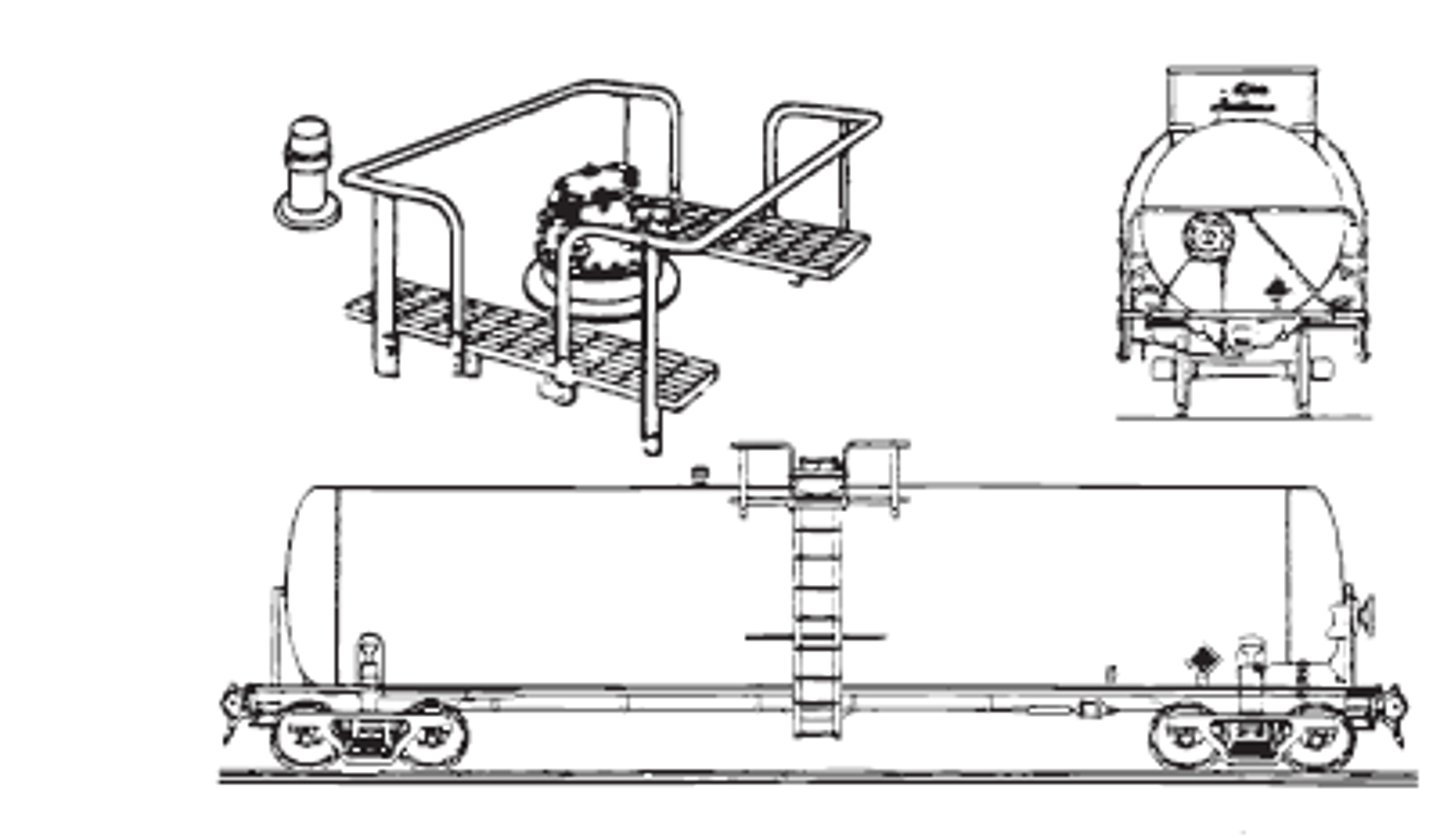
Cryogenic tank car
For refrigerated liquefied gases, pressures range from 10 - 75 psi

Box car
For general freight that carries bulk or non-bulk packages, single or double sliding door
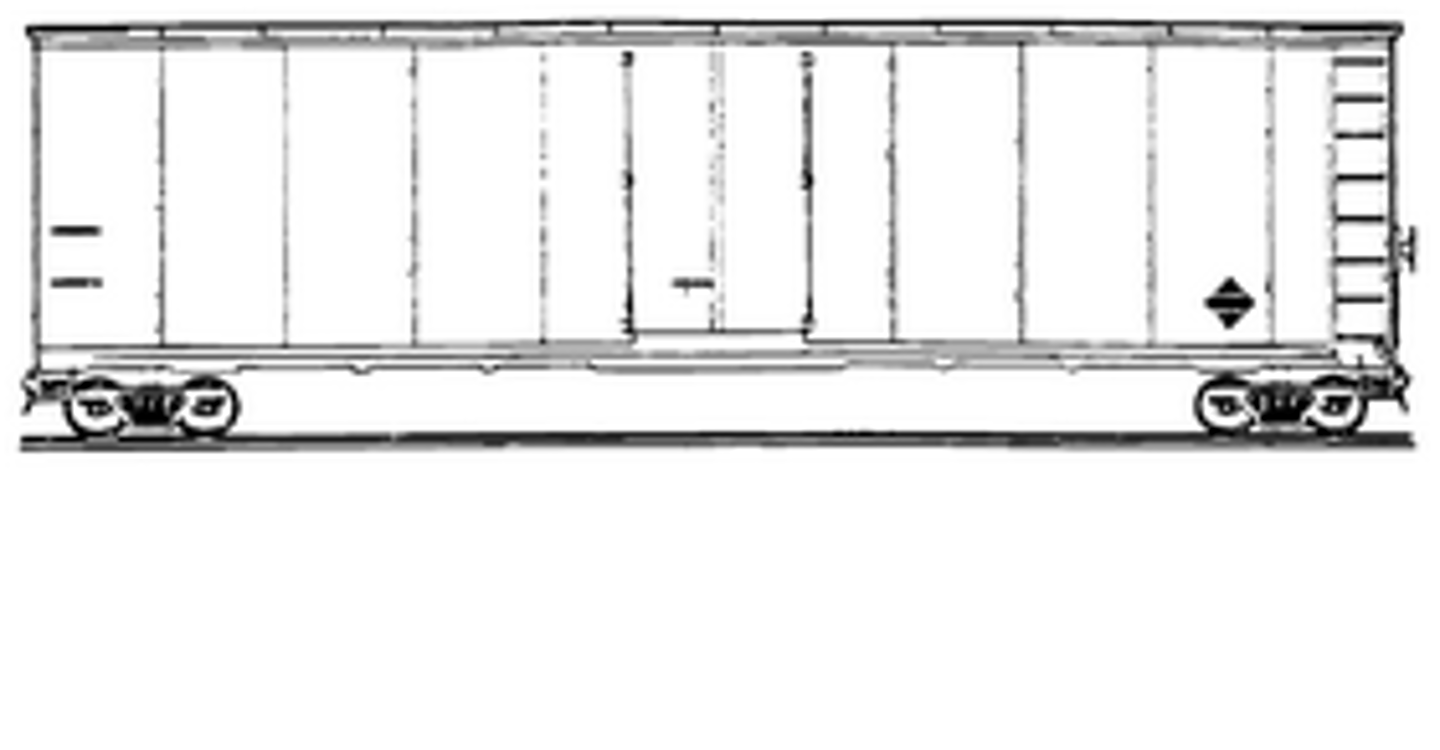
Hopper car
For bulk commodities and bulk cargo (e.g., coal, ore, cement and solid granular materials) • Bulk lading discharged by gravity through the hopper bottom doors when doors opened

Liquified compressed gas trailer
TC 331, design pressure between 100-500 psi

Refrigerated liquefied gas trailer
TC338, MAWP between 25-500 psi
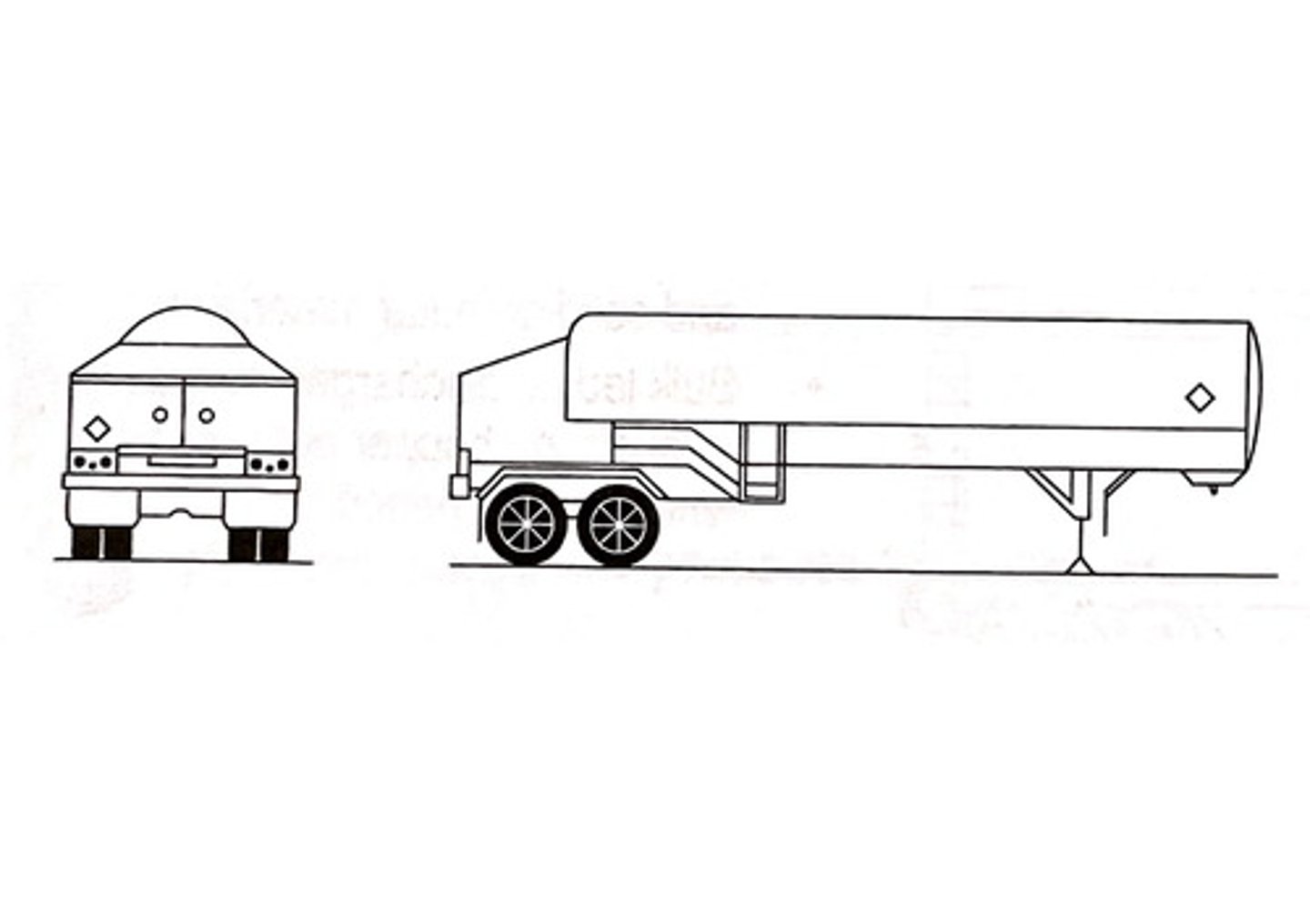
Toxic, corrosive, and flammable liquid trailer
TC-407, may have external ring stiffeners, MAWP of at least 25 psi
Flammable liquid trailer
TC 406, for flammable liquids (e.g., gasoline, diesel), MAWP between 3-5 psi
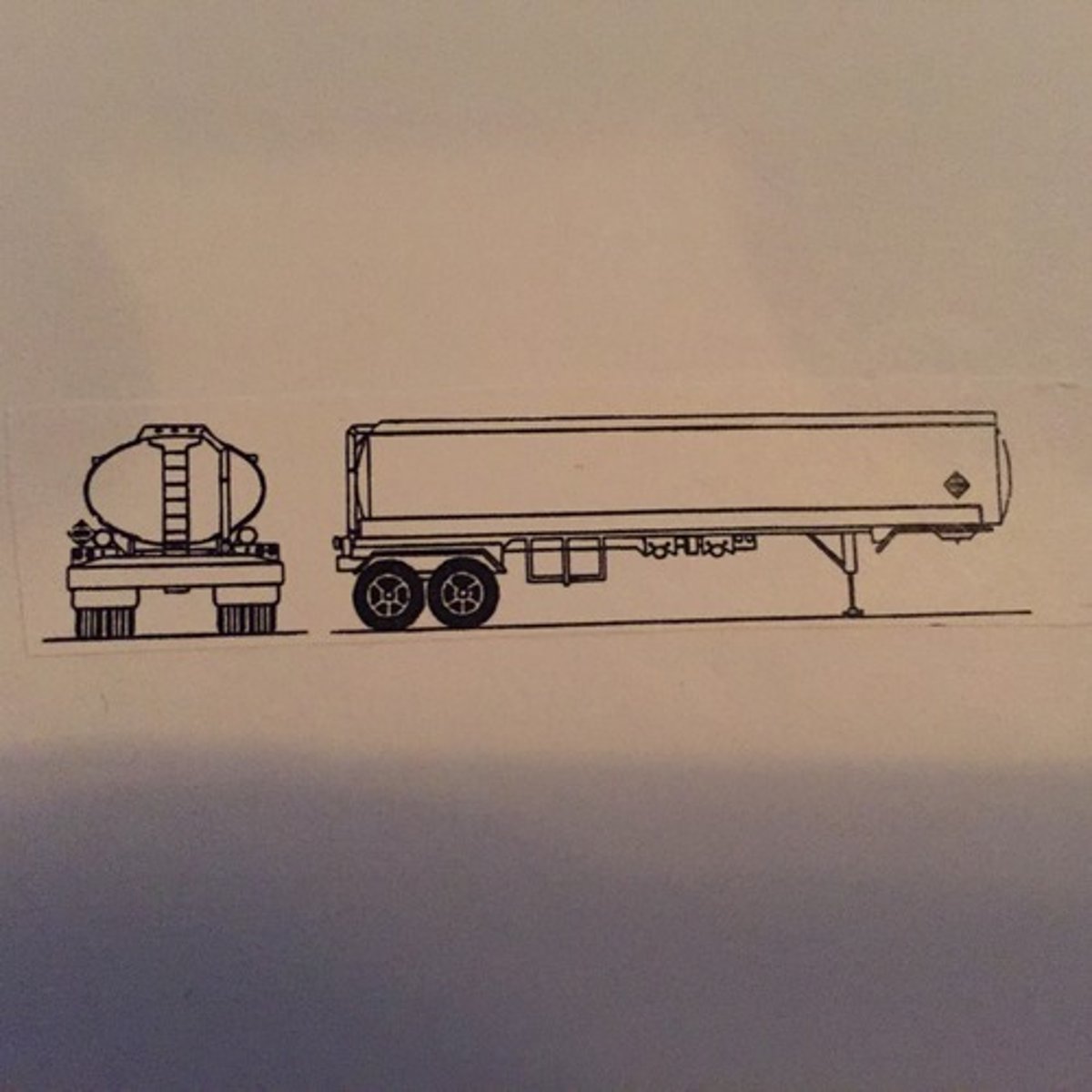
Corrosive liquid trailer
TC 412, external ring stiffeners, MAWP of at least 15 psi

Emulsion and water-gel explosives trailer
TC 423, MAWP between 5-15 psi
Compressed Gas/Tube Trailer
For pressurized gases, long horizontal tubes permanently mounted on a trailer
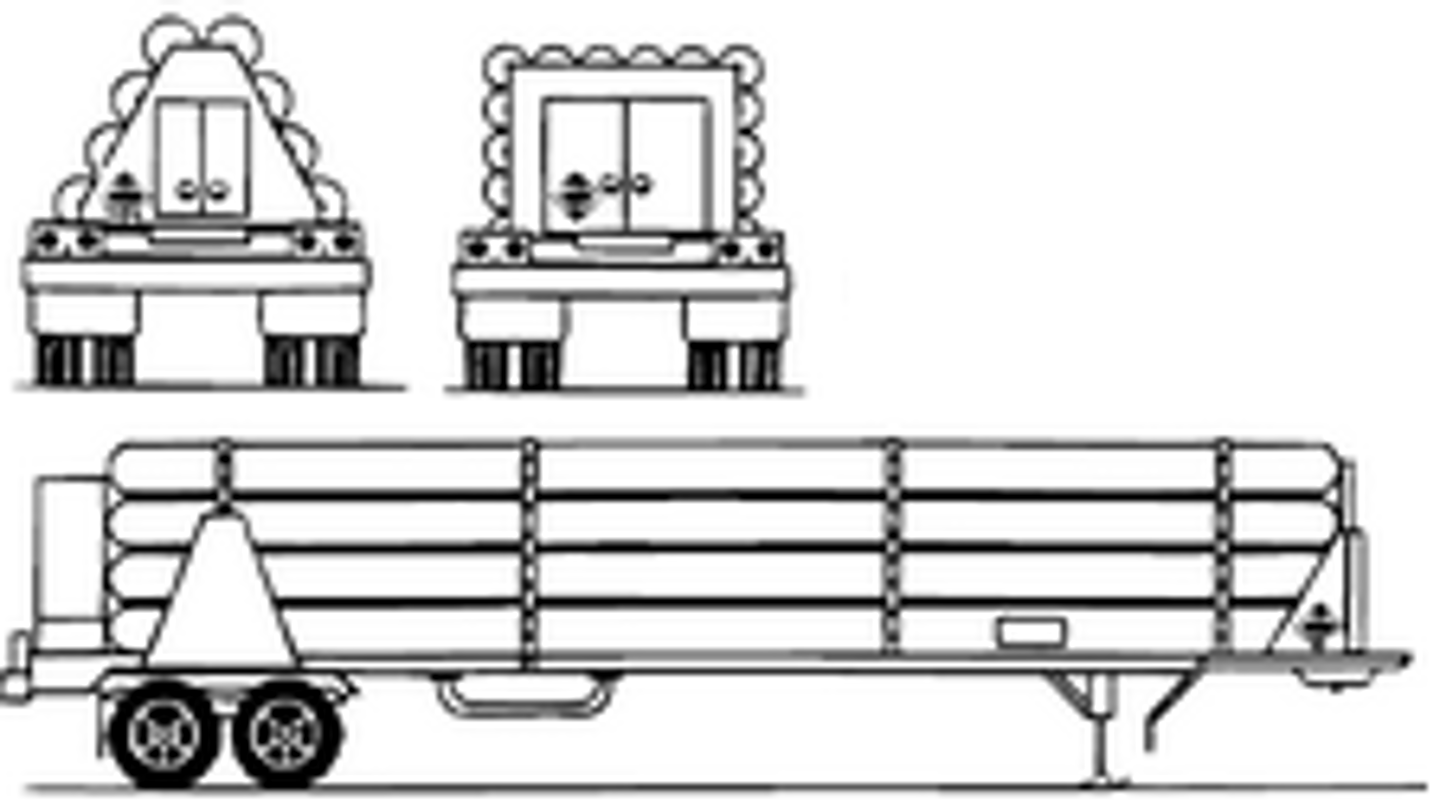
Dry Bulk Cargo Trailer
Also known as hopper tanks or hopper trailers
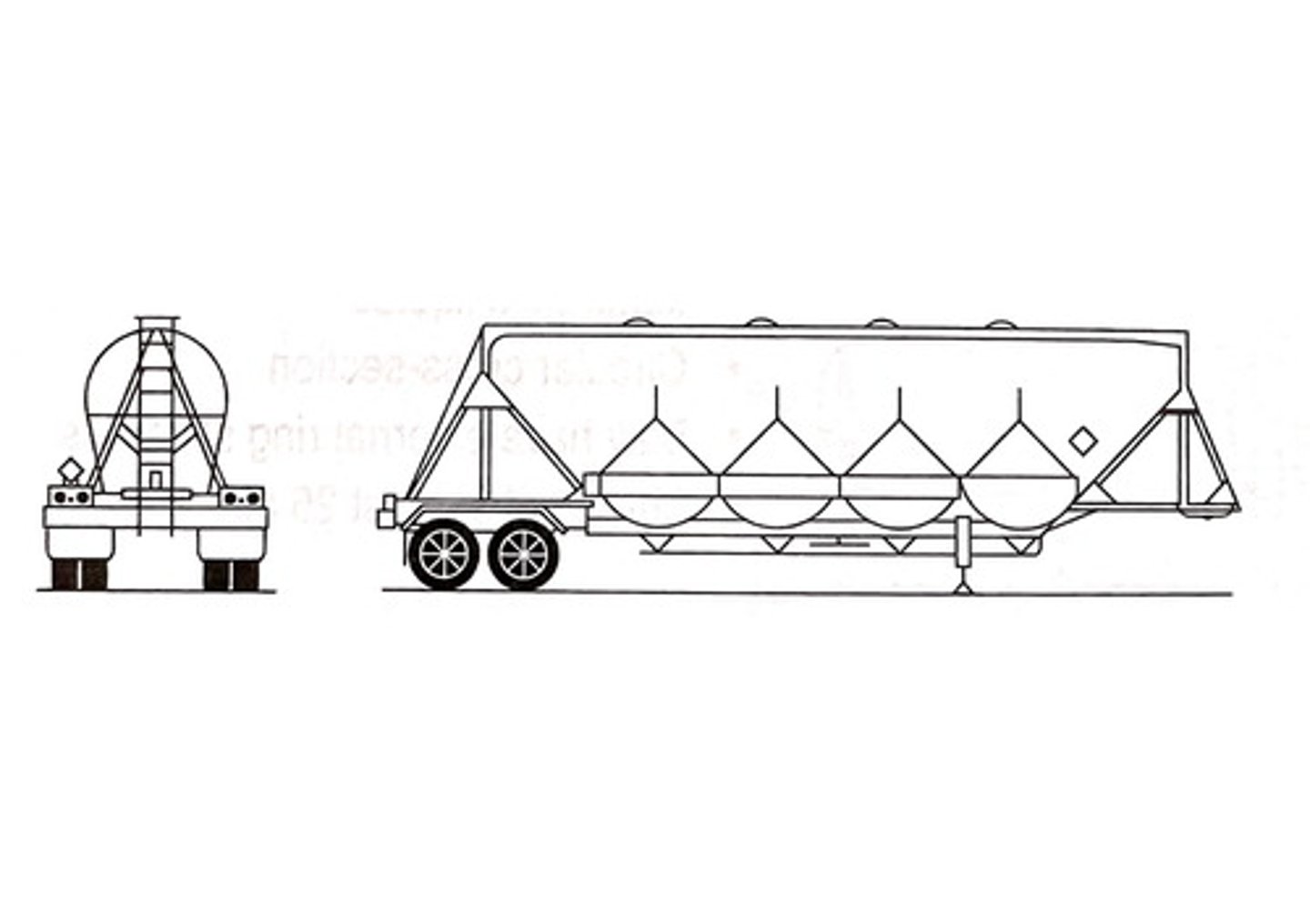
Vacuum Tanker
For cleanup of chemical/oil spills or for hauling crude oil, water
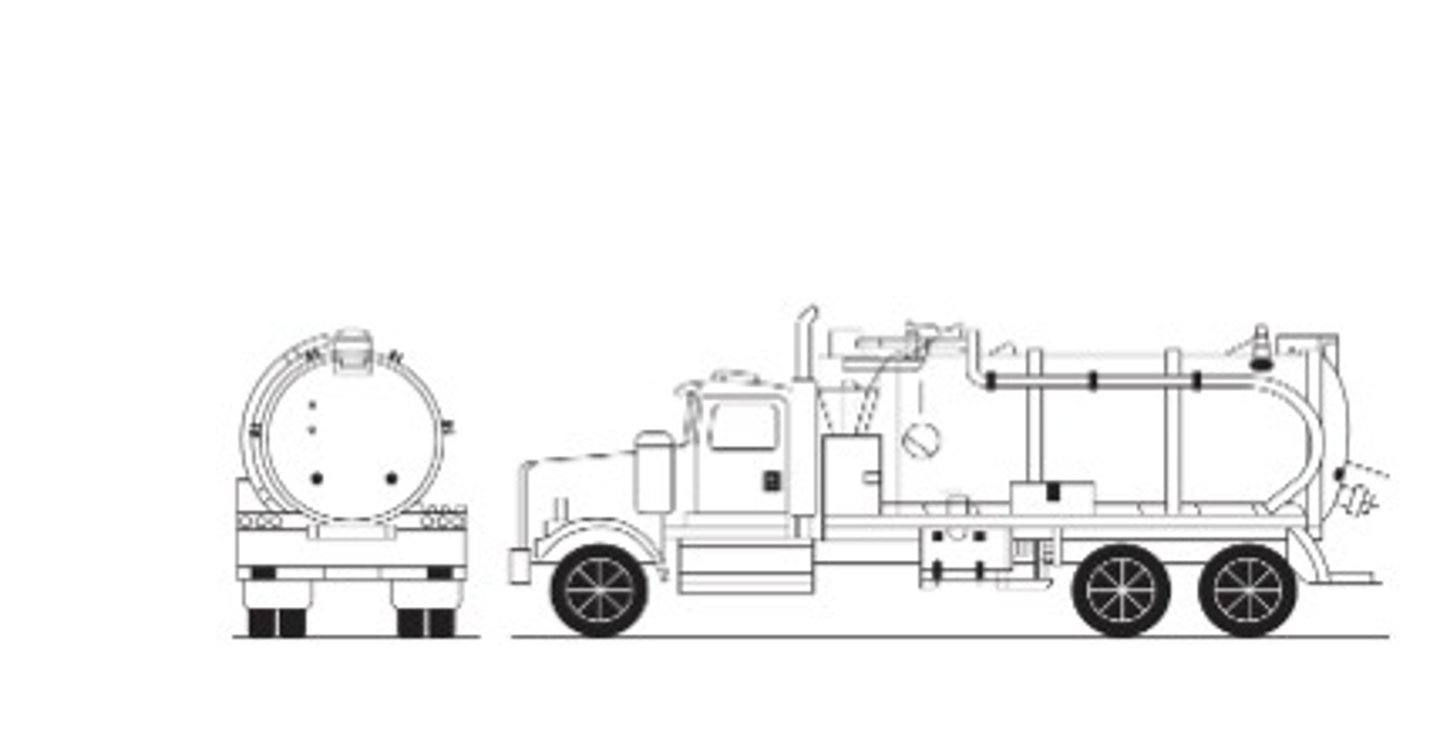
Mixed Cargo
For general freight that carry bulk or non-bulk packages
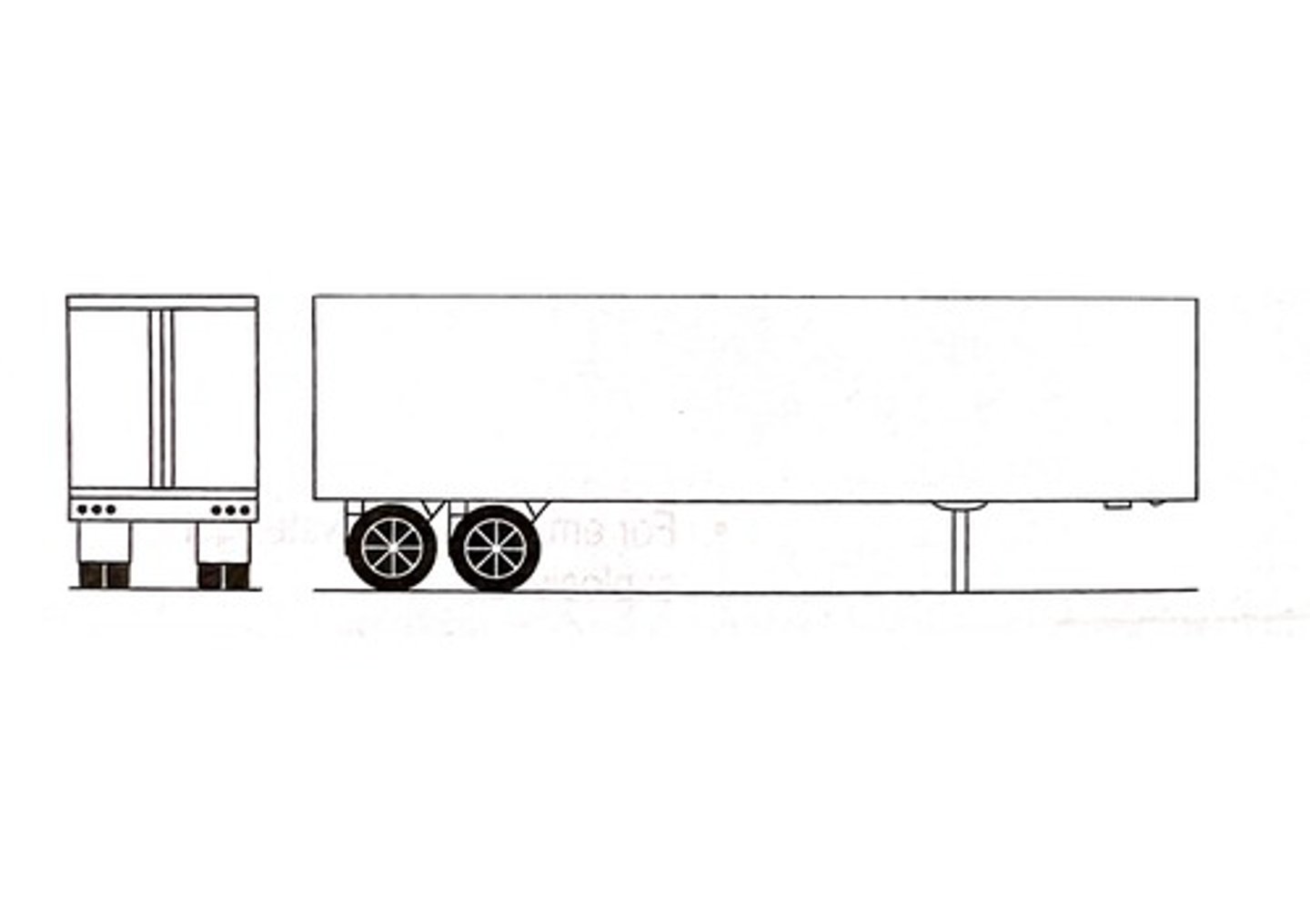
Intermodal Freight Container
Cargo door(s) in the rear
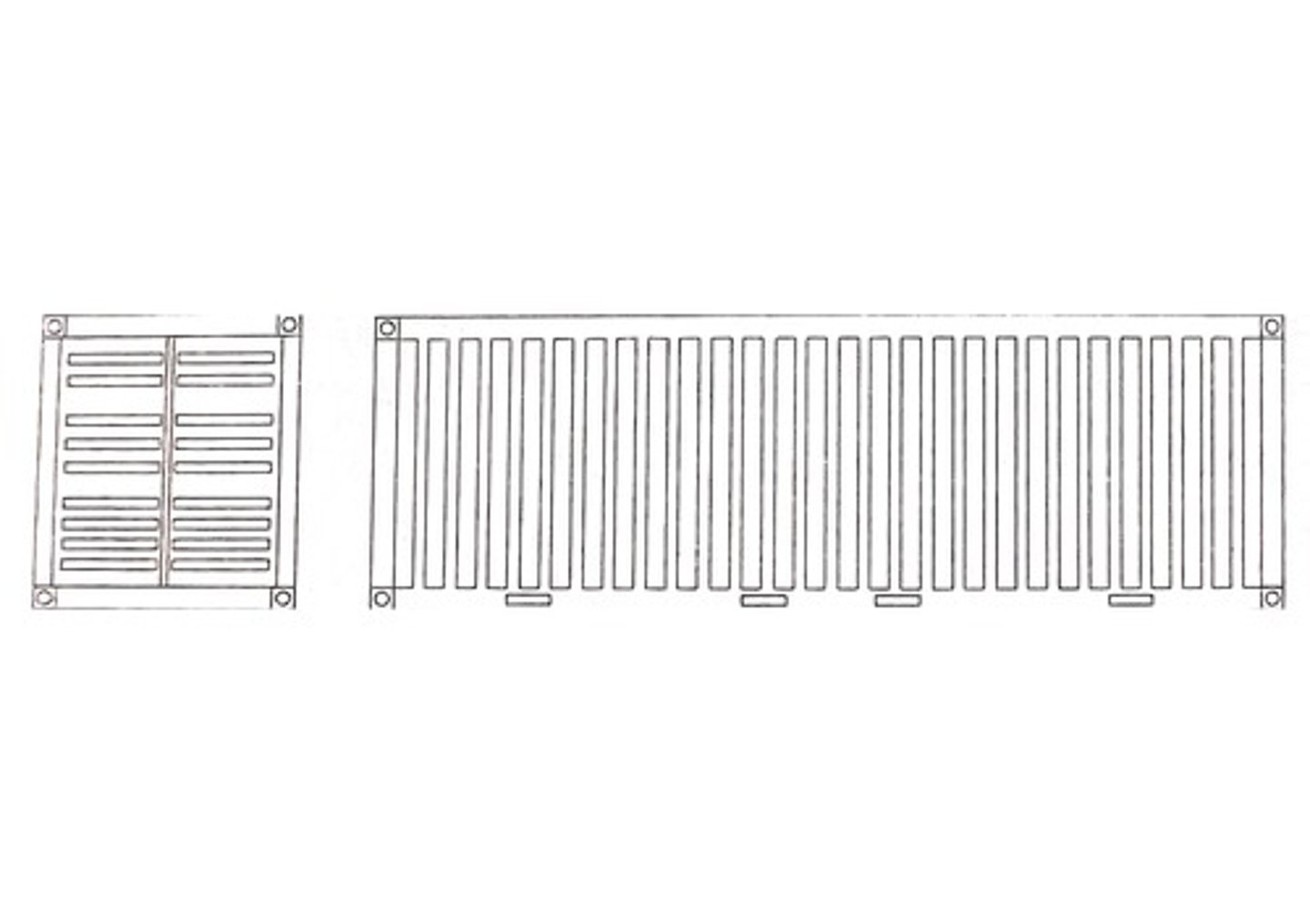
Intermodal Tank
Tank capacity can range from 50 to 12,000 gallons (200 to 45,000 L), and tank dimensions may vary, working pressure may range from 20 to 500 psi
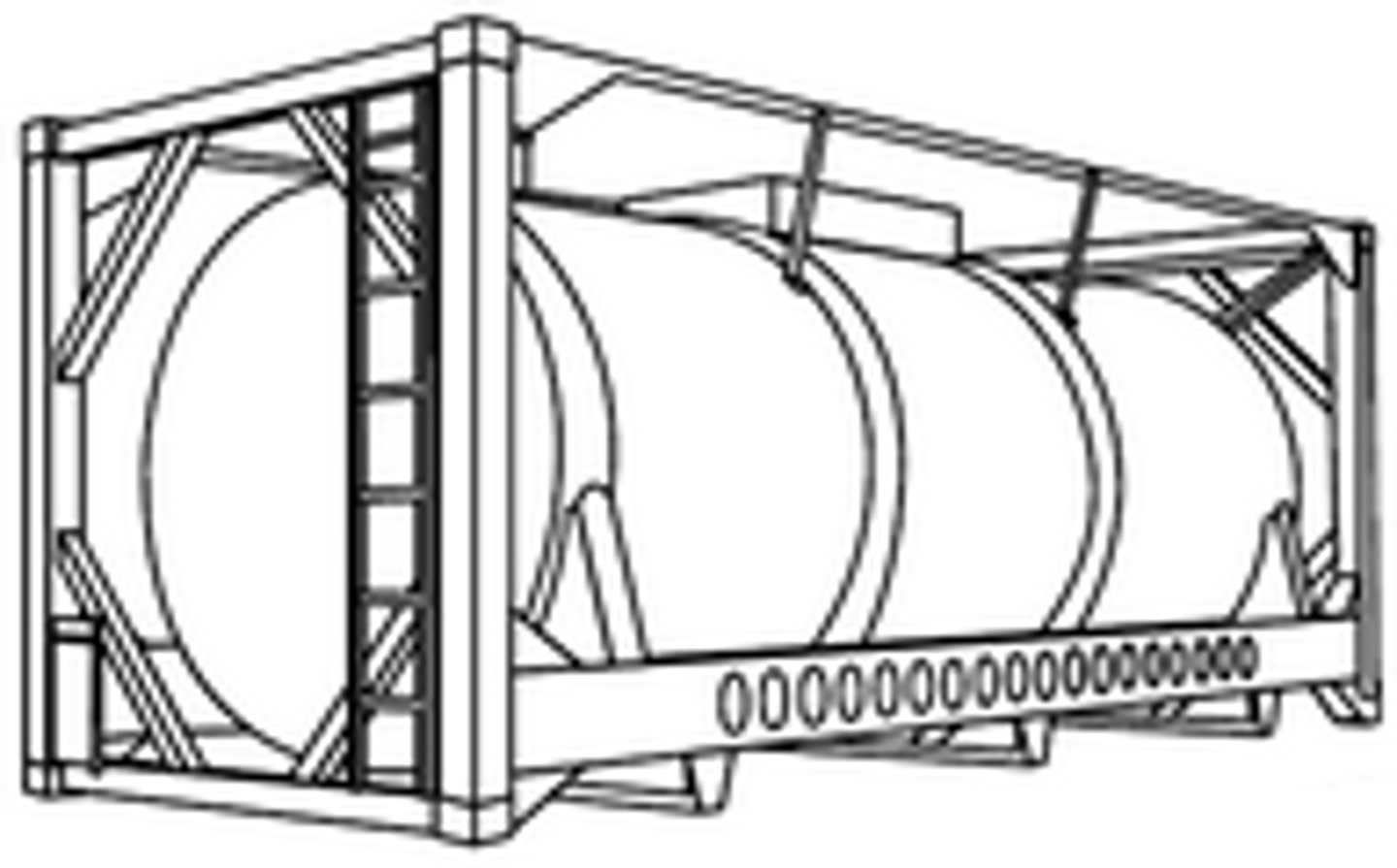
Relative response factor
Correction factor
VOC
Volatile organic compounds
Confinement
Keep material in the walls of the container
Containment
Keep material in an area
LVL 1 suit
Vapor/liquid, above IDLH, WMD, Bio
LVL 2 suit
Low vapor/liquid ATM, Liquid splash risk above IDLH
LVL 3 suit
Chem/Bio w/ APR or PAPR, no RAD, Chem. warfare, has to be below IDLH
LVL 4 suit
BIO/RAD w/ HPR
LVL 5 suit
Bunker gear w/ SCBA
Excepted packaging
limited radioactivity
Industrial packaging
low activity material and contaminated objects, IP-1, IP-2, and IP-3
Type A Packaging
Higher concentrations of radioactivity than those shipped in industrial packages, steel drums
Type B Packaging
Withstand tests simulating normal shipping conditions, spent fuel rods
Type C Packaging
Rare packages used for high-activity materials, severe accident conditions associated with air transport without loss of containment or significant increase in external radiation levels.
Radioactive I
.5 mR/Hr at surface level
Radioactive II
50 mR/Hr at surface level, 1 mR/Hr at 1 meter away
Radioactive III
200 mR/Hr at surface level, 10 mR/Hr at 1 meter away
MAWP
Maximum Allowable Working Pressure